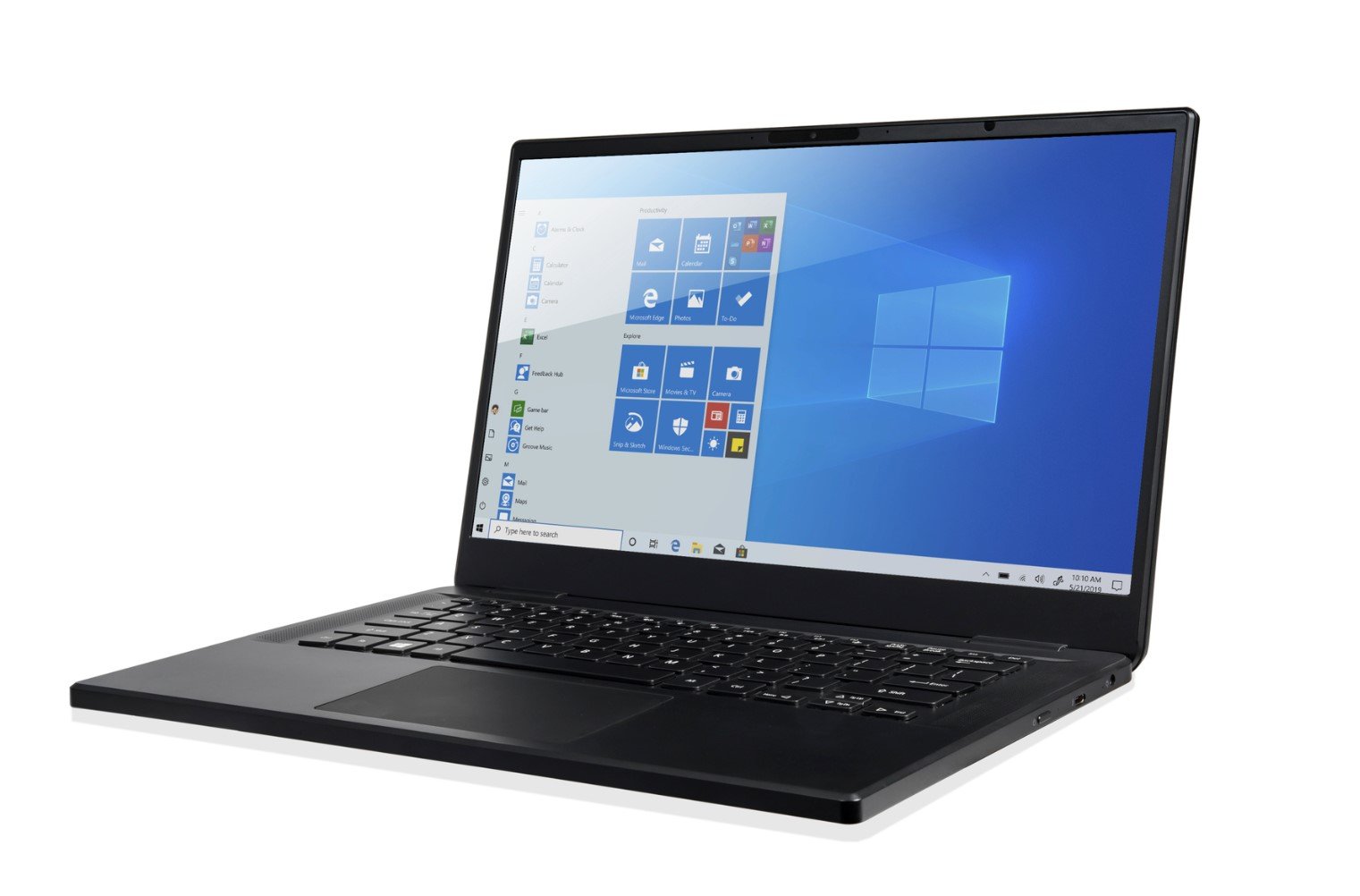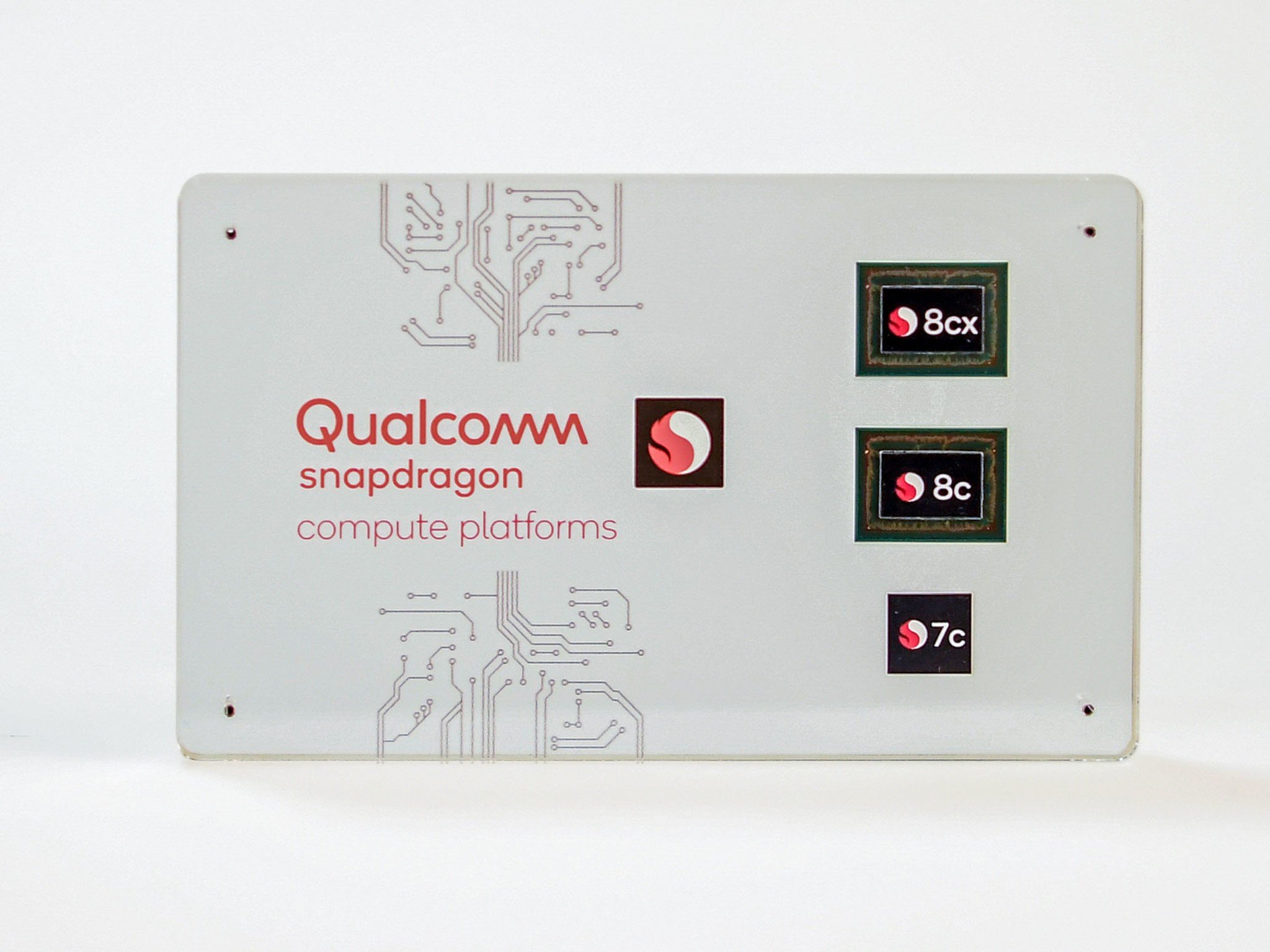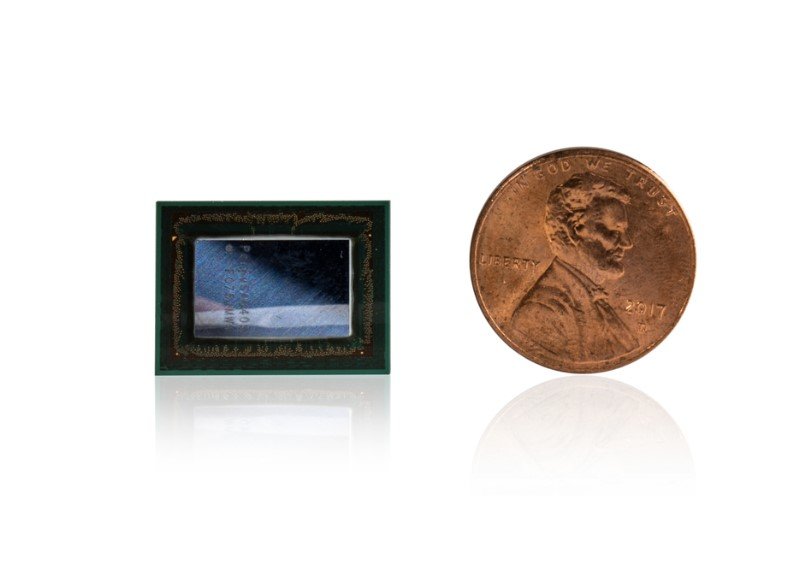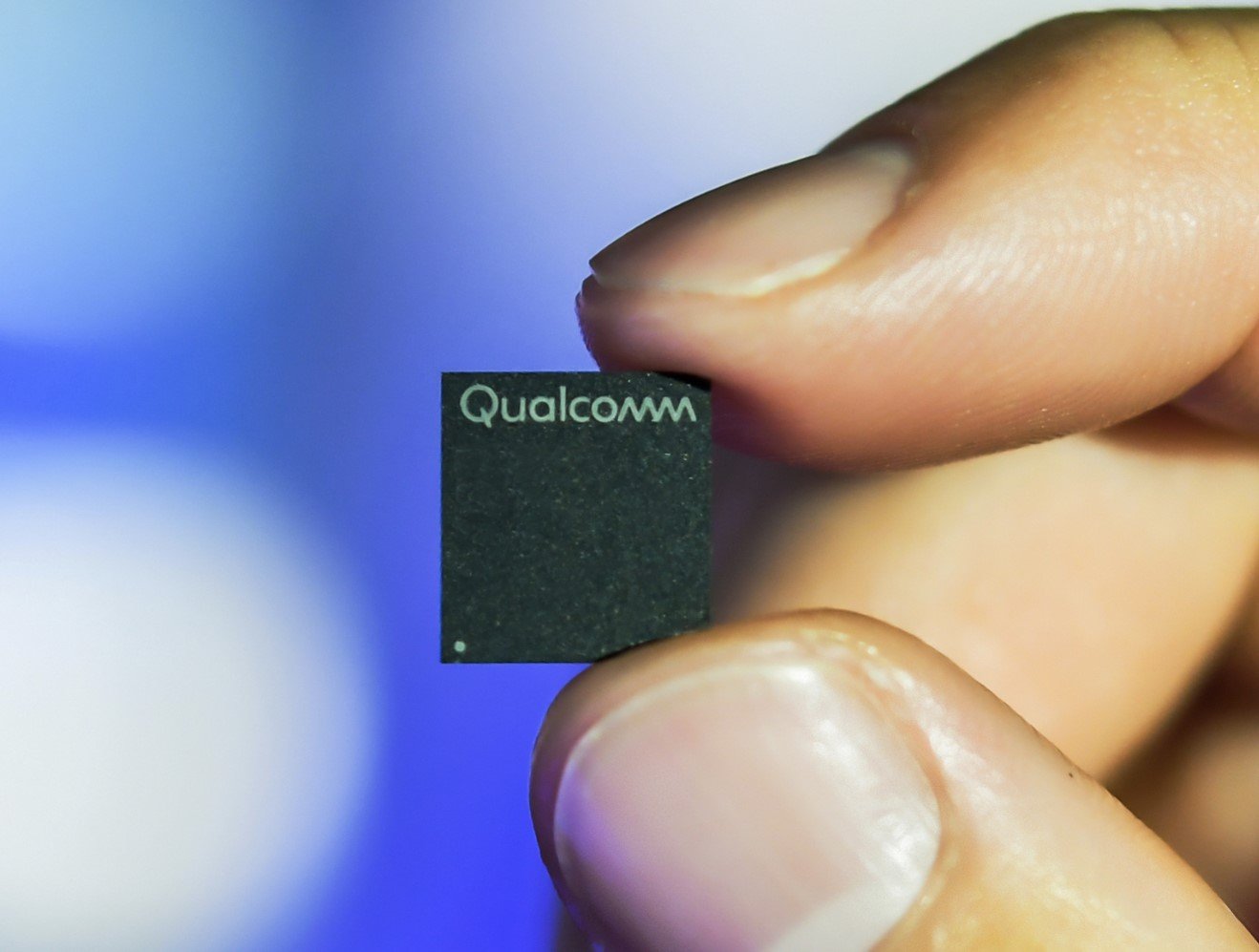Qualcomm announces Snapdragon 7c and 8c for entry-level and mid-range Windows 10 PCs
The Windows 10 on ARM range of chips is expanding into entry-level PCs, but is it enough?

What you need to know
- Qualcomm has two new ARM processors for PC.
- The Snapdragon 7c is for entry-level laptops.
- The Snapdragon 8c is for mainstream 2-in-1s.
- Could a Surface Go 2 use the Snapdragon 7c?
Qualcomm and Microsoft's Windows 10 work on the ARM project is currently on its third generation with the Snapdragon 8cx processor (modified for the new Microsoft Surface Pro X and coming to the Samsung Galaxy Book S). But if there's been one thorn in the strategy, it's been price. Windows 10 on ARM PCs have never been low-cost, but that may be about to change.
Qualcomm, today at its annual tech summit in Hawaii, announced the new Snapdragon 7c and Snapdragon 8c compute platforms (Qualcomm also announced the Snapdragon 865 for smartphones). The new chips are meant for entry-level and mid-range PCs, respectively, while the more powerful (and expensive) Snapdragon 8cx remains for top-tier always-connected PCs.
7c Entry-level and 8c mainstream
Windows on ARM: Varying price points, more diversity

The entry-level Snapdragon 7c brings a reported "20 percent boost in system performance and up to twice the battery life" compared to similar Intel systems, but with the added boost of an integrated Snapdragon X15 LTE modem for connectivity.
The Snapdragon 7c is still an octa-core processor, meaning on multi-core tests, it should compete favorably with Intel's quad-core chips. Based on the Kryo 468 CPU, the 7c is also using the Qualcomm Adreno 618 GPU for graphics. Qualcomm claims "incredible battery life in the entry-tier" with the 7c, likely due to the lower CPU performance and power draw.

No modern chipset would be worthy without mention of artificial intelligence (AI) either, and the 7c is no different:
The Qualcomm AI Engine delivers over five trillion operations per second (TOPS) of performance for the latest AI accelerated experiences offered by Windows 10. A first of its kind in the entry-level PC that consumers want to experience.
The Snapdragon 8c, meanwhile, is positioned for mainstream laptops – a first for the Windows 10 on ARM project. It's built on the 7nm 8cx platform and delivers a reported 30 percent performance bump over last year's Snapdragon 850. It ships, however, with a more powerful Snapdragon X24 LTE modem with multi-gigabit connectivity instead of the Snapdragon X15 LTE modem for the entry-level Snapdragon 7c.
Get the Windows Central Newsletter
All the latest news, reviews, and guides for Windows and Xbox diehards.
The Snapdragon 8c also features a more powerful six TOPS to accelerate machine learning applications and AI in Windows 10.
Competition is heating up
Analysis: Surface Go 2, Intel Lakefield and more

While no pricing or availability has been announced for the Snapdragon 8c and 7c chipsets, Qualcomm is clear that they are aimed at mainstream and entry-level notebook PCs competing directly with Intel.
Update 12/6/19: Reported pricing and general availability has now been posted by tech industry analyst Patrick Moorhead: Snapdragon 7c: < $400 including modem (1H/20); Snapdragon 8c: $400-800 including modem (1H/20); Snapdragon 8cx: >$800 including modem (now).
Going by Qualcomm's previous release schedule, it's safe to assume we'll see new laptops and 2-in-1 PCs with these chipsets sometime in mid-2020.
Intel is going hard at premium laptops, especially with its "Project Athena" program focused on optimizing laptops for extended battery life, instant-on, and always-connected scenarios. However, while Intel is doing very well in the premium category, it still struggles in the entry-level arena, as Microsoft's Surface Go with LTE can attest. If priced right, Qualcomm could have a shot at disrupting with entry-level and mainstream PCs that are super thin, light, and fanless while also offering 4G LTE connectivity, instant-on, and long battery life.
One possible contender for the Snapdragon 7c would be a Surface Go 2 for late summer 2020. Microsoft and Qualcomm have not suggested that such a device is happening. Still, the Snapdragon 7c could solve many of the performance and battery issues with the original Intel-based Surface Go. The question is if LTE would be optional, which could help reduce the price to that $399 range. So far, Qualcomm has been resistant to removing LTE except for Microsoft's HoloLens 2 powered by the Snapdragon 850 which skips the 4G connectivity.
Intel, meanwhile, has its upcoming Tremont microarchitecture, which will be featured in its new Lakefield processor slated for early 2020. That chip is going to be featured in the forthcoming Surface Neo dual-screen PC and Samsung's Galaxy Book S variant proving that competition is healthy for the mobile PC market. Lakefield, though, seems priced more along the lines of the Snapdragon 8cx, leaving some wiggle room for Qualcomm at the lower end.
A lot is riding on Qualcomm getting PC makers to adopt its new Snapdragon 7c and 8c chipsets. It will be interesting to see in 2020 if more companies go with Windows 10 on ARM, and if Microsoft and its partners can continue to improve the ARM ecosystem.

Daniel Rubino is the Editor-in-chief of Windows Central. He is also the head reviewer, podcast co-host, and analyst. He has been covering Microsoft since 2007 when this site was called WMExperts (and later Windows Phone Central). His interests include Windows, laptops, next-gen computing, and wearable tech. He has reviewed laptops for over 10 years and is particularly fond of 2-in-1 convertibles, Arm64 processors, new form factors, and thin-and-light PCs. Before all this tech stuff, he worked on a Ph.D. in linguistics, performed polysomnographs in NYC, and was a motion-picture operator for 17 years.